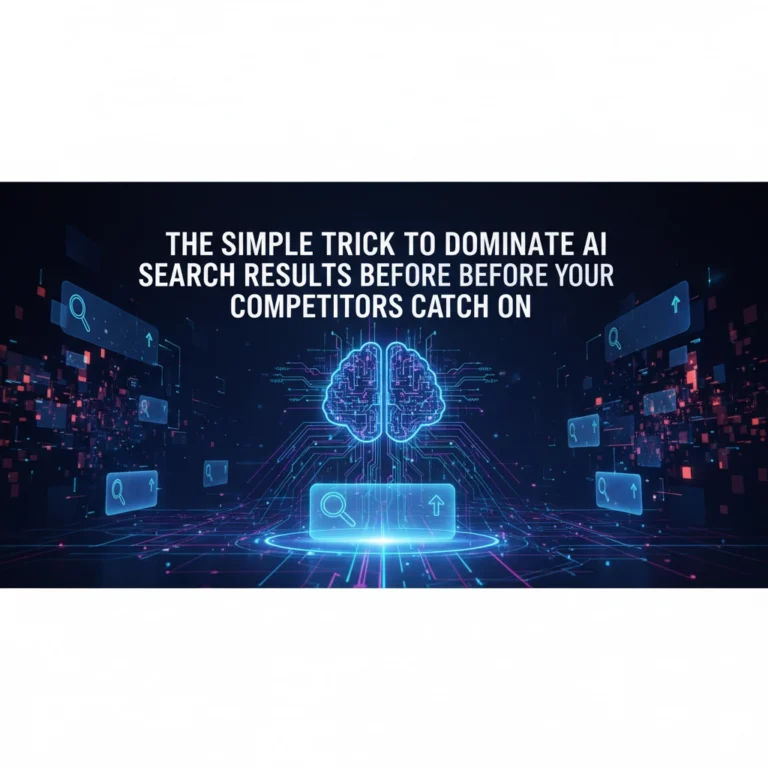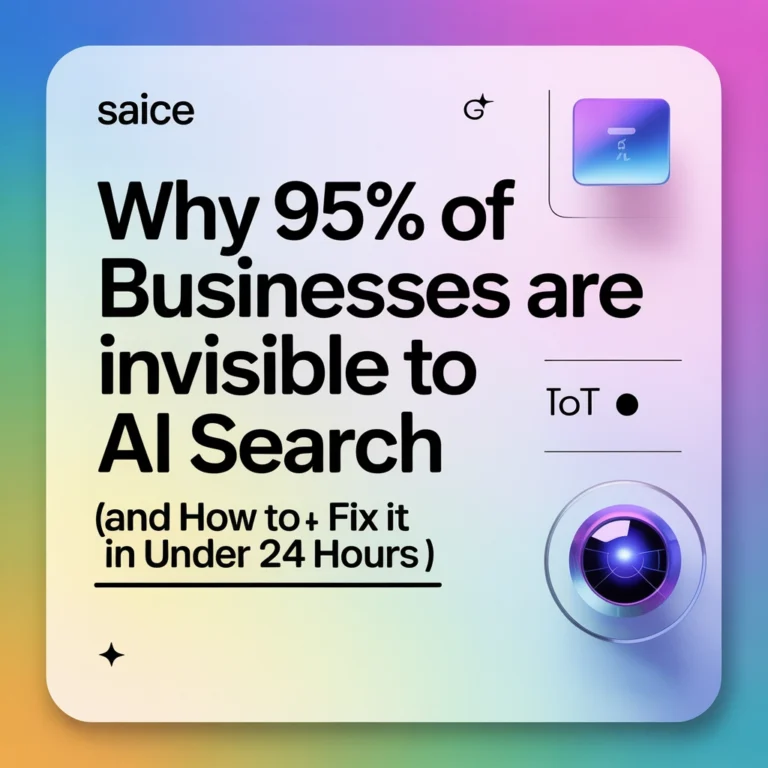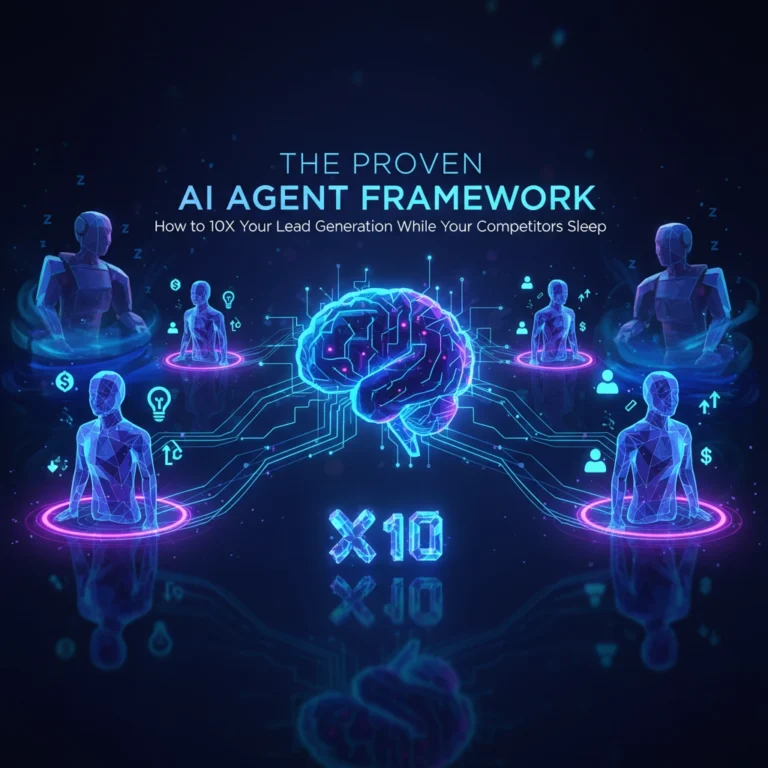Google's AI Mode Just Killed Your Website Traffic: Here's Your 5-Step Recovery Plan
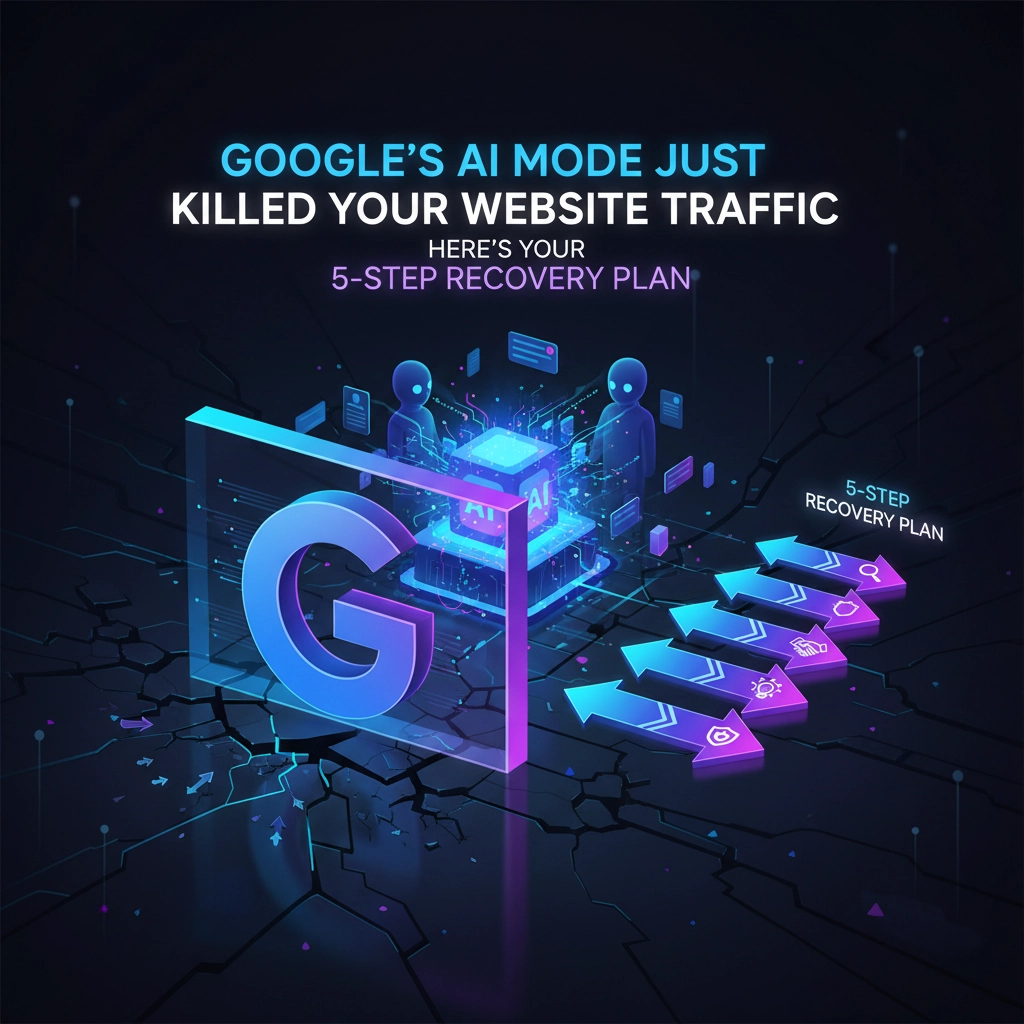
If you've been watching your website traffic tank over the past few months, you're not alone. Google's AI Mode has quietly revolutionized how search results work, and it's hitting businesses hard. We're talking about traffic drops of 20-60% for many websites, with some seeing their click-through rates plummet by nearly half.
Here's the brutal truth: your website isn't losing rankings because your SEO strategy is broken. It's becoming invisible because AI is answering user questions directly in search results, eliminating the need for people to actually visit your site.
Unlike the traditional "10 blue links" we're used to, AI Mode pulls information from 50+ sources and serves up comprehensive answers right in the search results. Your carefully crafted content might be getting cited, but users are consuming the information without ever clicking through to your website.
This isn't just a minor algorithm update – it's a fundamental shift in how people find and consume information online. But don't panic. Smart businesses are already adapting and finding ways to thrive in this new landscape.
The Reality Check: What's Really Happening
When someone searches in AI Mode, they're not seeing your website ranked #1, #2, or #3 anymore. Instead, they're getting a synthesized answer that might mention your content alongside dozens of other sources. The AI typically displays only 1-3 primary sources in its initial response, with additional sources hidden behind a "Show all" button that most users never click.
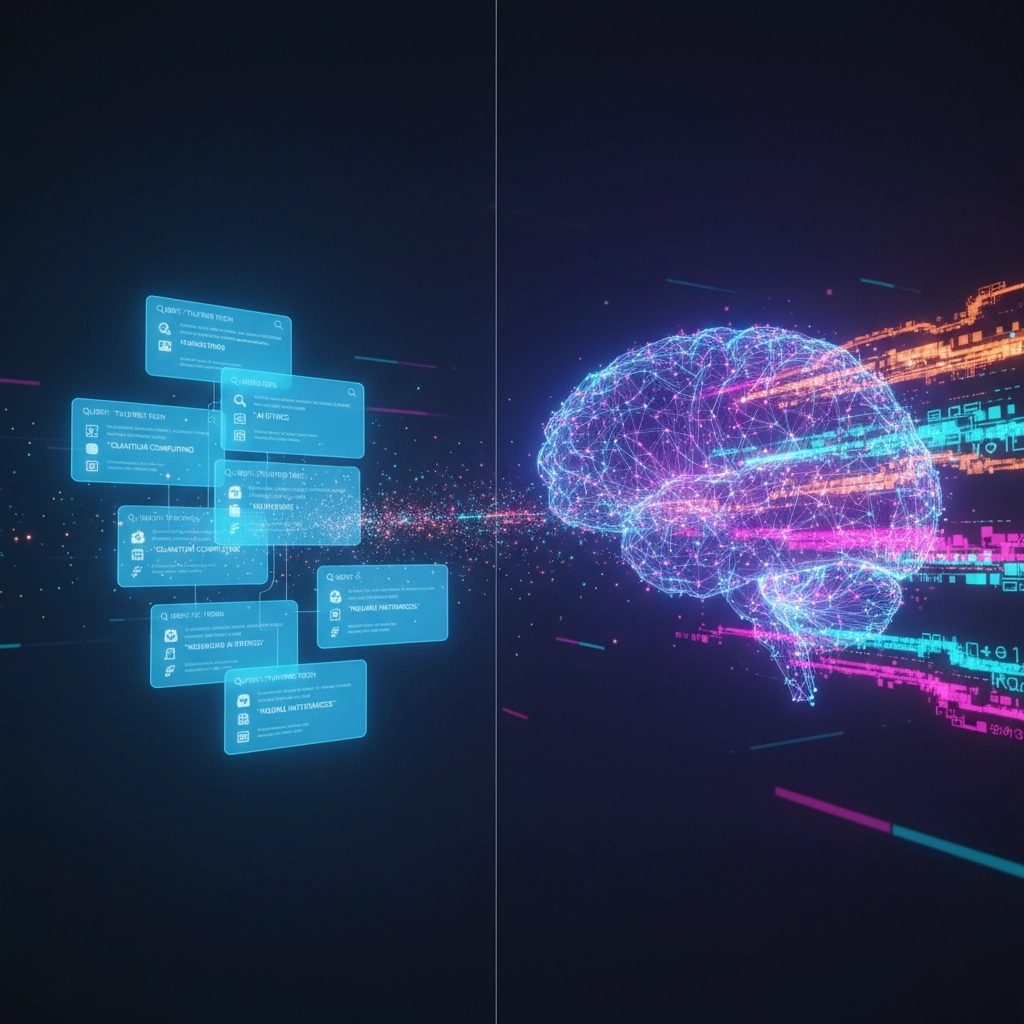
This creates a visibility crisis. Your content might be technically "ranking," but it's buried in a way that makes it almost impossible for users to find you. Even when your content is cited, there's no guarantee users will recognize your brand or remember to visit your site later.
The impact varies dramatically by industry and content type. Sites offering authentic perspectives, detailed tutorials, and first-hand experiences are actually seeing increases in traffic. Meanwhile, businesses relying on basic informational content are watching their organic reach disappear.
Step 1: Completely Rethink Your Success Metrics
Stop obsessing over traffic volume – it's not the metric that matters anymore. Traditional KPIs like page views and session duration don't tell the full story when AI is consuming and redistributing your content.
Start tracking these new metrics instead:
Brand mention frequency in AI responses, even without clicks. Getting quoted builds authority and awareness, even if it doesn't drive immediate traffic.
Direct traffic growth from people who discovered you through AI and later searched for your brand specifically.
Conversion quality over quantity. The users who do click through from AI searches tend to be more qualified and ready to engage.
Share of voice in your industry's AI-generated responses. Are you being cited more or less than competitors?
This shift requires new tools and tracking methods, but it's essential for understanding your real impact in an AI-driven search world.
Step 2: Engineer Content for AI Consumption
Forget traditional keyword stuffing – AI doesn't care about keyword density. Instead, you need to create content that's perfectly structured for semantic understanding and easy extraction.
Make your content scannable with clear headings, bullet points, and logical flow. AI systems excel at pulling specific information from well-organized content.
Focus on concrete specifics rather than vague generalizations. Include exact numbers, step-by-step processes, and actionable advice that AI can extract and cite meaningfully.
Write for context independence. Since AI might extract just one paragraph from your 2,000-word article, make sure each section provides value on its own while supporting the broader topic.

Create original data and insights that can't be found elsewhere. AI systems are increasingly favoring unique perspectives and first-hand information over rehashed content.
The goal is to become the definitive source that AI systems turn to when they need reliable, comprehensive information on your topic.
Step 3: Optimize for Multiple AI Platforms
Google's AI Mode isn't the only game in town. ChatGPT, Perplexity, Claude, and other AI platforms are becoming significant traffic sources. Your content needs to be discoverable across all these systems.
Implement structured data markup to help AI crawlers understand your content better. This technical optimization increases your chances of being cited across different platforms.
Create content hubs around specific topics rather than scattered blog posts. AI systems favor authoritative sources that demonstrate deep expertise in particular areas.
Diversify your content formats. While AI can summarize text easily, it struggles with interactive tools, calculators, and dynamic content that requires user engagement.
Consider developing partnerships or guest posting opportunities on high-authority sites that AI systems frequently reference. Being associated with trusted sources increases your own authority in AI rankings.
Step 4: Build Direct Relationships That Bypass Search
Since AI is intercepting many search queries, you need alternative ways for users to find and return to your content.
Invest heavily in email marketing and build a subscriber base that receives your content directly. Email remains one of the most reliable channels for reaching your audience without algorithmic interference.
Create community-driven content like forums, discussion boards, and interactive platforms. AI can't replicate the human connection and ongoing conversation that communities provide.
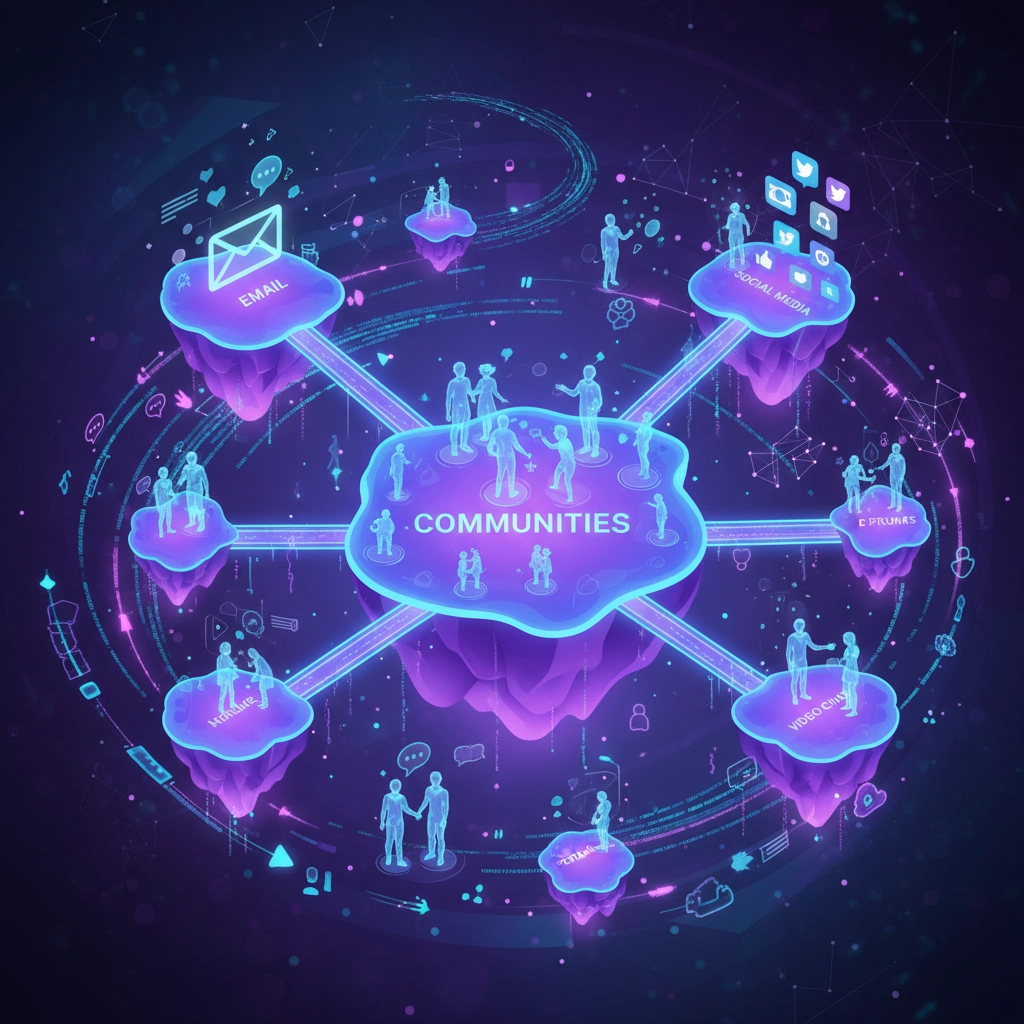
Develop social media strategies that drive traffic independently of search. Platforms like LinkedIn, Twitter, and industry-specific communities can become major traffic sources as search becomes less reliable.
Focus on direct brand searches by creating memorable experiences that encourage people to search specifically for your company name or return to your site directly.
The businesses thriving in this new environment are those that built strong, direct relationships with their audience before AI disrupted traditional discovery methods.
Step 5: Target Complex, Multi-Step Queries
AI excels at answering simple questions like "What time does the store close?" but struggles with complex, multi-faceted queries that require detailed explanation or personal judgment.
Create comprehensive guides that walk users through entire processes rather than answering single questions. These resources are too complex for AI to summarize effectively, driving more click-throughs.
Develop interactive tools and calculators that require users to engage directly with your website. AI can't replicate personalized, dynamic experiences.
Target long-tail, specific queries where users are looking for detailed, expert-level information. While AI might handle "how to change a tire," it's less effective at "how to change a tire on a 2019 Toyota Camry in winter conditions with limited tools."

Focus on local and industry-specific content that requires intimate knowledge of particular markets, regulations, or communities. Generic advice can be AI-generated, but specific expertise still requires human insight.
The Strategic Pivot: From Traffic to Influence
The most successful businesses aren't trying to fight AI – they're learning to work with it. Instead of competing for traffic, they're competing for influence and authority within their industries.
This means creating content that establishes you as the go-to expert that AI systems reference. When your content gets cited by AI, even without clicks, you're building brand awareness and establishing thought leadership.
Smart companies are also exploring AI development services and AI SEO optimization to stay ahead of these changes. The businesses that adapt quickly will dominate their markets while competitors struggle with declining traffic.
The key is understanding that this shift creates opportunities as much as challenges. Users frustrated with AI's generic responses are increasingly seeking authentic, expert perspectives. Position yourself as that trusted source, and you'll thrive regardless of how search continues to evolve.
Remember: AI didn't kill good content – it killed mediocre content. If your traffic has disappeared, it might be time to ask whether your content was truly providing unique value or just regurgitating information that AI can now synthesize from multiple sources.
The businesses that emerge stronger from this transition will be those that focused on building genuine expertise, authentic relationships, and irreplaceable value that no AI can replicate.

